The views expressed in our content reflect individual perspectives and do not represent the authoritative views of the Baha'i Faith.
Have you ever heard the Lakota expression “Mitakuye oyasin”? It means “All my relations,” and has become a widely-used phrase by people of many backgrounds and ethnicities.
In this installment of our continuing series of articles on the Indigenous messengers of God, Kevin and Chris look into its origins and explain its mystical meanings.
Q: Kevin, this morning, a Baha’i friend, William J. Martin, Jr., a naturopathic doctor, ended his email message to me with the salutation “Mitakuye oyasin.” He earlier wrote: “My mother’s side, which is the Cree, came from Quebec in the area of Trois rivieres/Cap du la Madeleine. Including a couple of photos from my original catechism in the Cree language.”
RELATED: Encouraging Indigenous Land and Spiritual Acknowledgements
He also attached four scans of a book entitled The First Catechism of Christian Instruction in the Cree Language. This is just one example of the widespread use, by Indigenous people and others across North America, of the salutation, Mitákuye Oyás’iŋ – which I understand means “All are related,” or literally, “All my relations”). Although Doc Martin is of Cree ancestry and heritage, isn’t “Mitákuye Oyás’iŋ” actually a spiritual teaching from the Lakota Indigenous holy messenger White Buffalo Calf Woman?
A: Yes, according to Lakota sacred tradition, this is a formulaic prayer attributed to White Buffalo Calf Woman.
Q: For the benefit of our readers (myself included), how is “Mitákuye Oyás’iŋ” pronounced?
A: Since English does not have a phonemically consistent orthography, and there are two phonemes in this brief phrase that do not occur in English, I would have no idea how convey this outside of SLO (Standard Lakota Orthography). In other words, it’s pretty hard to properly pronounce for English speakers.
Q: In Part 57 of this series, I asked if the teachings of White Buffalo Calf Woman were being universalized in a kind of “pan-Indigenous” way. Would you like to comment further on how “Mitákuye Oyás’iŋ” has practically become “pan-Indigenous” today? I ask you this, partly because hereditary chief and Baha’i Phil Lane told me that this teaching of White Buffalo Calf Woman is now embraced by many Indigenous peoples, which is a example of the pervasive influence of White Buffalo Calf Woman not only in popular culture, but among Indigenous peoples themselves.
A: Yes, it is fascinating that Lakota ways have become so universalized and incorporated into the pan-Indian movement. There are many possible reasons for this:
- The highly organized and temporarily successful Lakota resistance to Euro-American material culture.
- The high Lakota participation in the widely toured and very popular Wild West shows – Buffalo Bill being the most notable impresario proponent.
- The circa 1960 “discovery” of the classic: Black Elk Speaks.
- The tendency of Lakota traditionalists toward syncretism and subsequent openness and willingness to share with non-Lakota peoples.
These — and many other factors — have created a relatively broad consciousness of Lakota ways that may somewhat obscure other lesser known Indigenous ways.
Q: Kevin, is it true that “All are related” refers not only to people, but to all of nature as well? If so, is environmental stewardship one of the implications of White Buffalo Calf Woman’s profound, all-embracing, and unifying teaching — an ethic and social principle that also serves as a moral imperative, going forward?
A: Since “mitákuye oyás’iŋ” is purportedly a quote from White Buffalo Calf Woman, my understanding is that through her person and holy teachings and our strict adherence to them, we become a part of God’s universal connectivity. Like all the messengers of God, her appearance has sanctified all that is — and our belief in her connects us to all creation and the Creator of all. All the Divine revelators established this exact same connectivity, but somehow many of their followers created a false dichotomy between humanity and the rest of creation. Humankind has received these Divine revelators on behalf of all of creation. Therefore we are responsible for understanding and nurturing this sacred trust.
Q: Kevin, as important as nature and the environment assuredly are, people are also important! Let’s not forget about humanity, which is experiencing its own rising temperatures of climate change along with continuing civil wars, ethnic conflicts, religious antagonisms, social prejudice, structural economic injustice, health inequities, class divisions, and gender gaps. So what about the implications of Mitákuye Oyás’iŋ as it relates to the social environments, peoples, and nations around the world?
A: The phrase, “Mitákuye oyás’iŋ,” is emblematic of White Buffalo Calf Woman’s teachings, and is particularly meaningful in the Lakota/Dakota language, in that we have untranslatable words for the human soul that directly relate us to all of creation. I don’t think that this view is unique, but simply a different perspective or interpretation of the Creative Word of God.
Q: So in your view, Kevin, how does Mitákuye Oyás’iŋ relate to the teachings of the Baha’i Faith?
A: In one sense, since this is reputed to be an utterance of White Buffalo Calf Woman, when one says this, one is affirming belief in her and her teachings which connect all to “Tȟuŋkášila” — the “Grandfather” — the One Who authorized all the Revelators to appear. To my understanding this “Grandfather” is the Creator.
Q: Yes, in your autobiography, Arising, you wrote:
Indigenous spirituality had given me a foundation through which to come into the [Baha’i] Faith. The traditional Lakota spiritual practices — the songs, the stories, the language — were still dear to me. The part that made little sense to me was that this spiritual way of life was only revealed to the people of a certain time, place, and culture. According to Lakota beliefs, the Grandfather had spoken directly to the Lakota, his grandchildren, through the White Buffalo Calf Maiden, and her prophetic teachings mentioned that she would return and that our people would be led to the great and heavenly road — the red road. When would her return occur? I had always wondered. Would her new revelation connect us to the world and the world to us?
RELATED: How Did Indigenous Americans Get There?
“Unto the cities of all nations He hath sent His Messengers,” Baha’u’llah wrote … He then described Messengers of the prophetic cycle, who attracted the peoples of a certain time and place to the “Haven of abiding security,” offered them laws and teachings, and prophesied to them about the return of a Promised One.
The Lakota, too, have awaited the return of Ptehíŋčala Ska Wiŋ, the White Buffalo Calf Maiden. Lakota sacred songs have told of Ptehíŋčala Ska Wiŋ, the White Buffalo Calf Maiden, and Tȟuŋkášila, the Grandfather. The White Buffalo Calf Maiden directed the people to pray to and invoke the Grandfather and shared that it was the Grandfather who authorized the Maiden to establish her Covenant.
I had come to understand that God had not forsaken us and had sent a great message through Baha’u’llah to connect the Lakota spiritual traditions with the other great world religions. The White Buffalo Calf Maiden is not directly mentioned in the Baha’i writings, as Abraham, Zoroaster, Buddha, Moses, Jesus, and Muhammad are. The Baha’i writings further clarify that the names of some Prophets “seem to be lost in the mists of ancient history.”
My growing understanding of Baha’i teachings did not undermine Lakota spiritual traditions. Rather, the Lakota ceremonial life and the practices I cherished so dearly were given new meaning, and I did not have to abandon my background but could appreciate the gems within it more fully.
For the first time, in the Baha’i Faith, I had direct and lucid answers to many of my questions. I sensed that my search for meaning — for the red road — was not over, however; it was beginning afresh every day.
As an echo, amplification, and universalization of this distinctive teaching of White Buffalo Calf Woman, “Mitákuye oyás’iŋ” Baha’u’llah proclaimed:
The utterance of God is a lamp, whose light is these words: Ye are the fruits of one tree, and the leaves of one branch. Deal ye one with another with the utmost love and harmony, with friendliness and fellowship. He Who is the Daystar of Truth beareth Me witness! So powerful is the light of unity that it can illuminate the whole earth. The One true God, He Who knoweth all things, Himself testifieth to the truth of these words.
Exert yourselves that ye may attain this transcendent and most sublime station, the station that can insure the protection and security of all mankind. This goal excelleth every other goal, and this aspiration is the monarch of all aspirations.


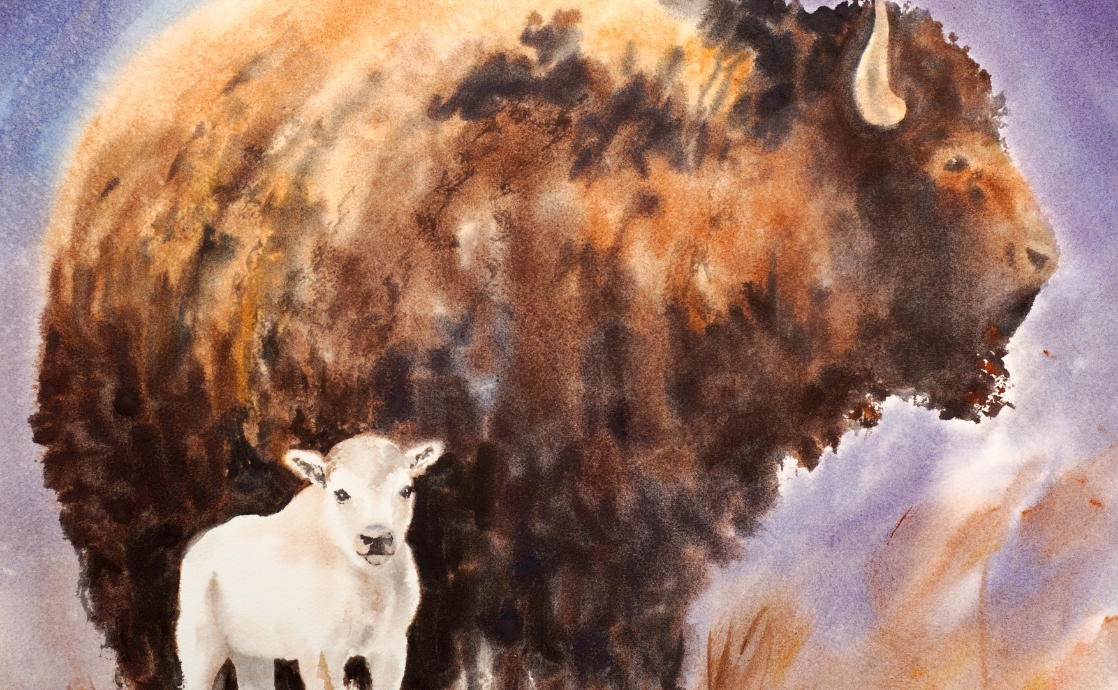
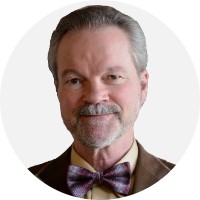
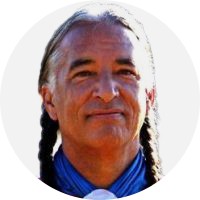

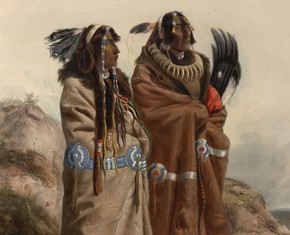
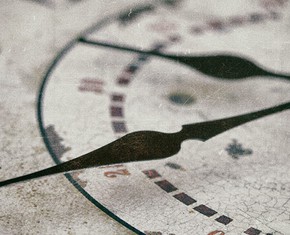
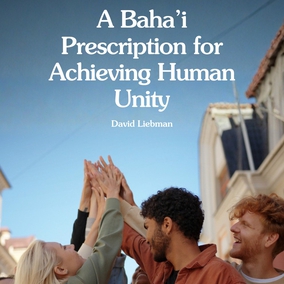
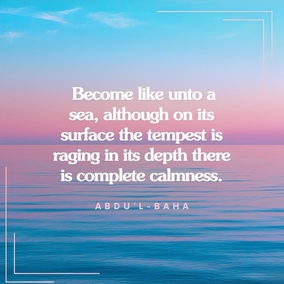
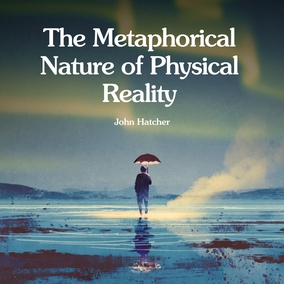
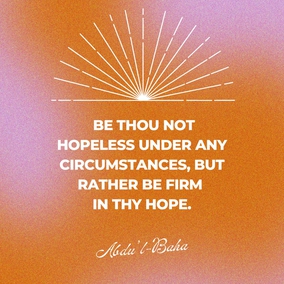
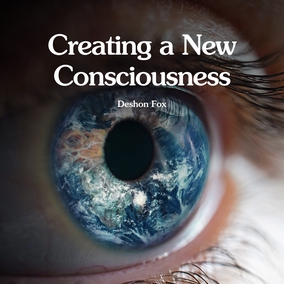


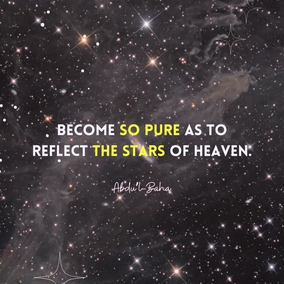

Comments
Sign in or create an account
Continue with Googleor